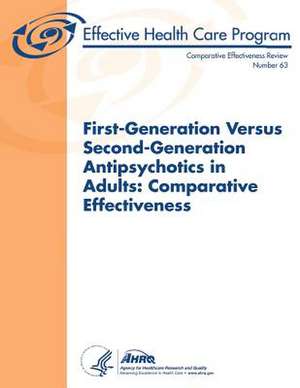First-Generation Versus Second-Generation Antipsychotics in Adults
Autor U. S. Department of Heal Human Services, Agency for Healthcare Resea And Qualityen Limba Engleză Paperback
Preț: 335.46 lei
Preț vechi: 353.12 lei
-5% Nou
Puncte Express: 503
Preț estimativ în valută:
64.19€ • 67.02$ • 53.13£
64.19€ • 67.02$ • 53.13£
Carte disponibilă
Livrare economică 14-28 martie
Preluare comenzi: 021 569.72.76
Specificații
ISBN-13: 9781483944234
ISBN-10: 1483944239
Pagini: 572
Dimensiuni: 216 x 280 x 29 mm
Greutate: 1.31 kg
Editura: CREATESPACE
ISBN-10: 1483944239
Pagini: 572
Dimensiuni: 216 x 280 x 29 mm
Greutate: 1.31 kg
Editura: CREATESPACE
